From the analog era to the digital age
The history of electronic devices in Hanyang University 토토사이트 가입거절
‘Meet x Museum’ is a flagship project of the 2025 Museum & Art Gallery Week, in which 50 museums and galleries nationwide highlight their representative collections with fresh perspectives. As a part of this initiative, Hanyang University Museum is presenting The Expansion of the Senses: The Electronic Age, featuring the nation’s first computer: the third Analog Electronic Calculator. Visitors are invited to explore the stories behind the special collection of artifacts housed in Hanyang University Museum.
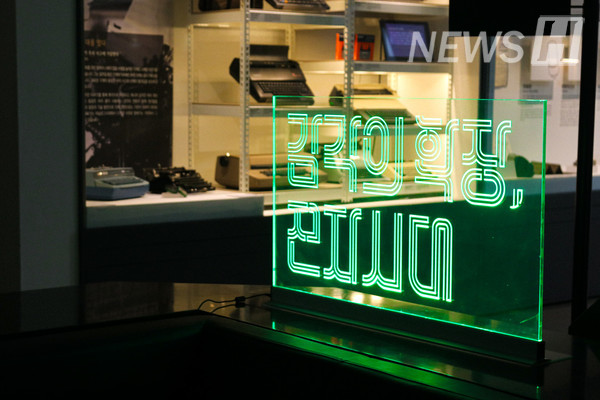
Typewriters: opening an era of new sensations
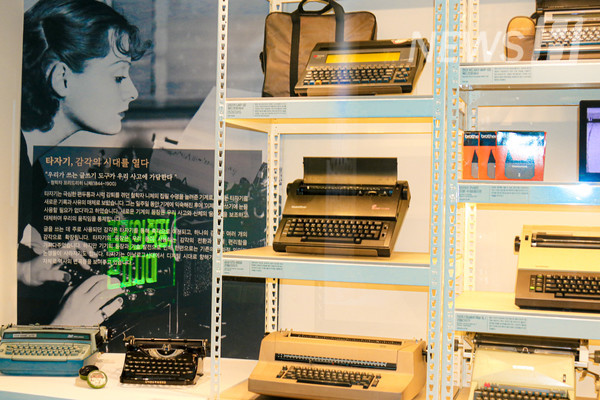
More than a mere recording tool, the typewriter transformed writing itself into an extension of human senses. The rhythmic tapping of keys introduced a new pace and pattern of thoughts, enhancing not only work efficiency but also cultural practices of documentation. Through the display of typewriters, Hanyang University 토토사이트 가입거절 illustrates the technological shift in recording tools from the analog era to the digital age.
Expanding senses in our daily lives: listen and watch
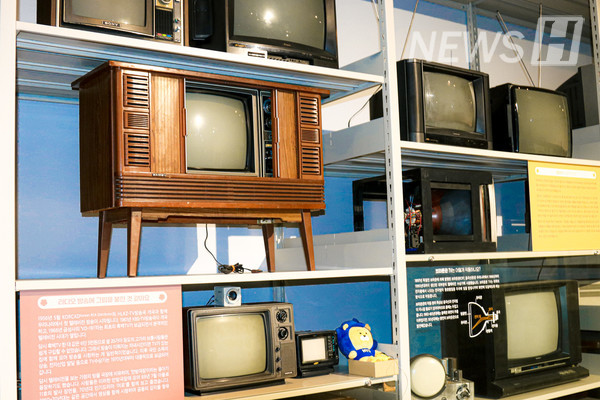
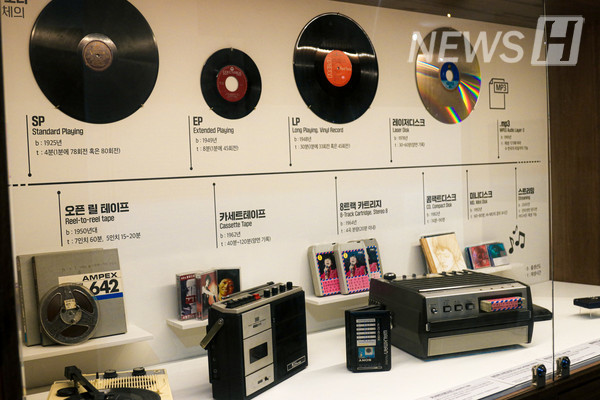
The advent of radio and television expanded our senses and changed the recording culture in our lives. Since Edison’s invention of the phonograph in 1877, the ability to capture and reproduce sound introduced new ways of communication and information sharing. The radio, transmitting voices over distance, became a primary medium of news, while television added visual images, revolutionizing daily life. The exhibition demonstrates how media devices that enable us to 'listen and watch' have broadened human perception and transformed modern life.
From Analog to Digital: A Leap in Technology
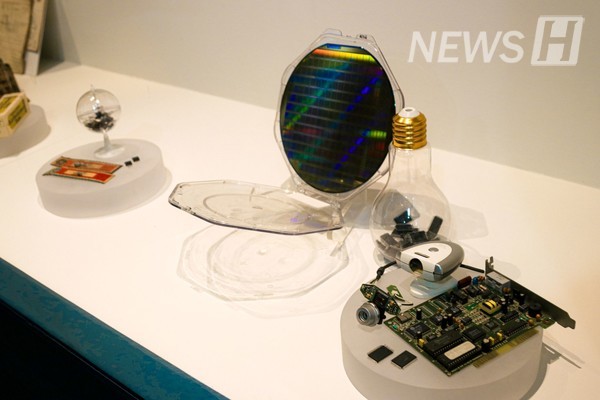
Records and transmission have been constantly evolving from the analog tools such as ballparks, abacus, and typewriters to today's smartphones and computers. The invention of vacuum tubes, transistors, and integrated circuits marked pivotal milestones, opening the door to the digital era.
Birth of Korea's First Analog Electronic Calculator
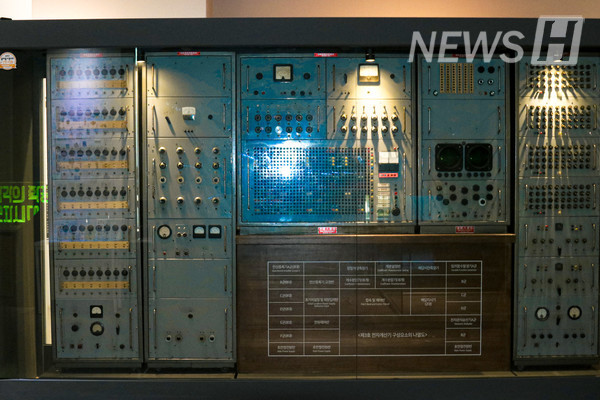
Dr. Lee Man-young, having joined Hanyang University in 1960, is a master of information and communication who developed the first analog electronic calculator in Korea. Although the first two models were destroyed in a fire, he completed the third model in 1964 after six months of dedicated research. Built with over 610 vacuum tubes and 40,000 components, it was the largest first-generation computer in Korea. Designated as a Registered National Cultural Heritage in 2013, the machine remains as a milestone in Korea's computing history.
The arrival of personal computers
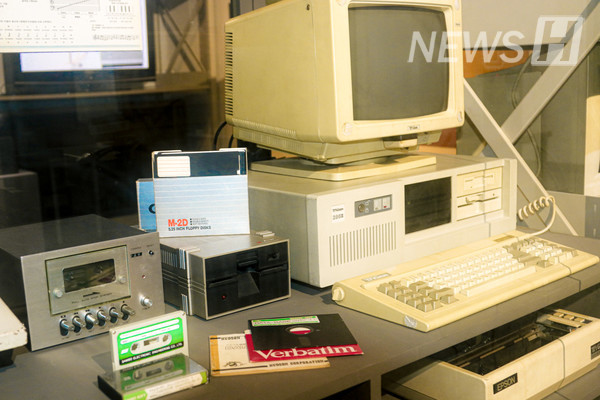
Personal computers, once introduced to the household desk, reshaped everyday life. Beyond handling calculations, word processing, and data storage, PCs brought sound and images into the personal sphere as television did. No longer confined to large and expensive machines, computing became accessible to the public, driving the democratization of information. Through this exhibition, the museum showcases the evolution of computers as tools not only for calculation but also for expanding human thought and creativity.
Devices we loved: a participatory space
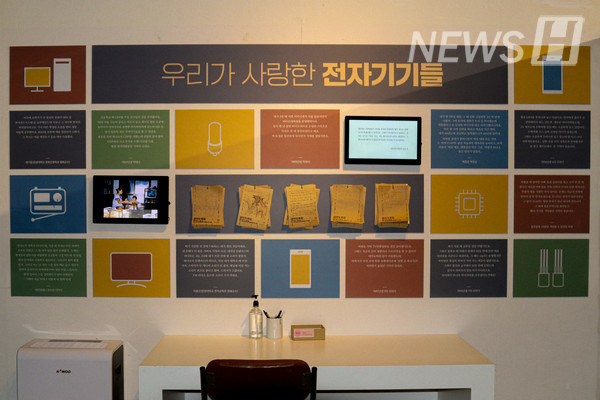
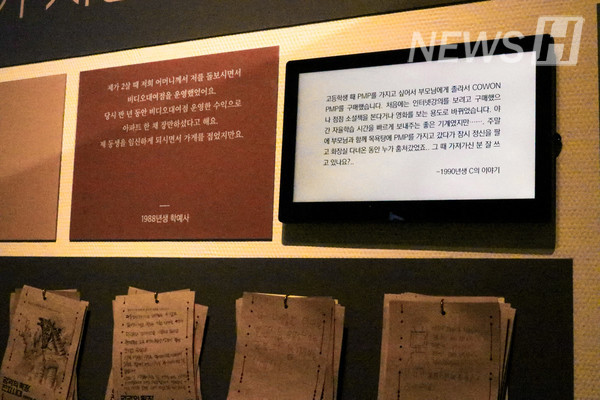
The 토토사이트 가입거절 also presents a participatory space where members of the Hanyang community can introduce their cherished digital devices. From early mobile phones to radios and gaming consoles, these personal stories add emotional depth, evoking nostalgia and resonance among visitors. Here, people are invited to reflect on what electronic devices have meant in their own daily lives.
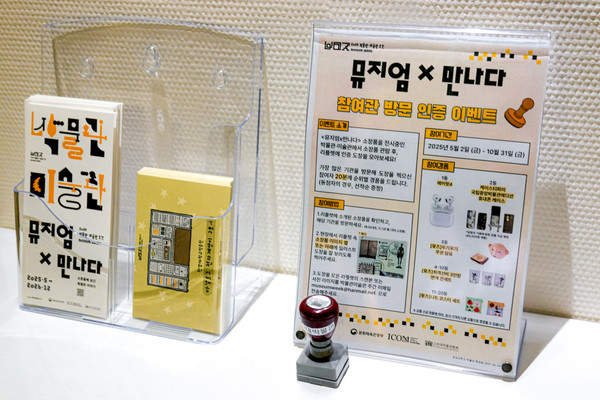
관련기사
- 토토사이트 가입거절 Museum Won the CMS Collaboration Award From CERN
- HYU Hosts Entrance Ceremony for 2025 Ieum 토토사이트 라운더스 Creation Academy Creator Program (Professional 토토사이트 라운더스 Education)
- [Photo Story] HYU History Museum, Checking 투게더토토's History in Eight Spaces < 기획 < 기획
- 토토사이트 가입거절 Museum Holds a Special Exhibition, 'Cement: Moment'
- Travel Through History with Rivals: Hanyang 토토사이트 가입거절 Academy Launches Its 14th Term
- Hanyang University 토토사이트 가입거절 Secures Five Nationally Funded Projects for 2025, Receiving KRW 150 Million

 '한양위키' 키워드 보기
'한양위키' 키워드 보기